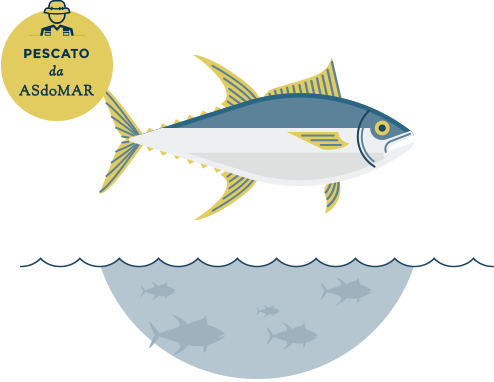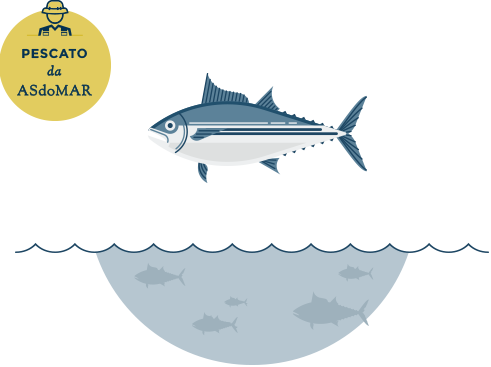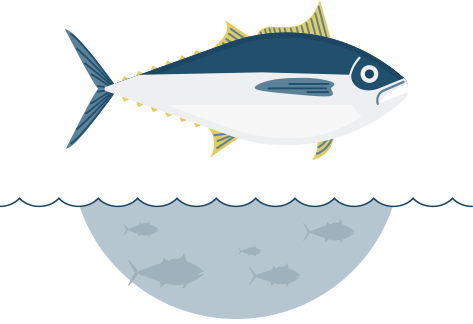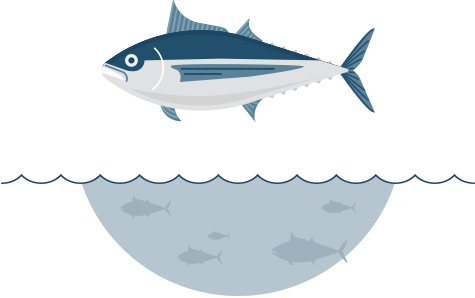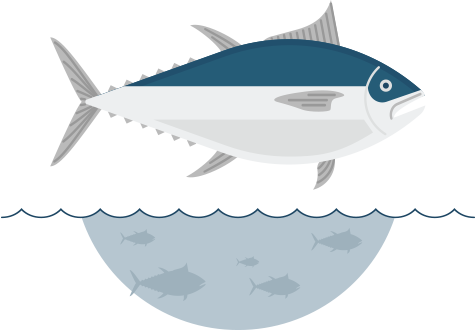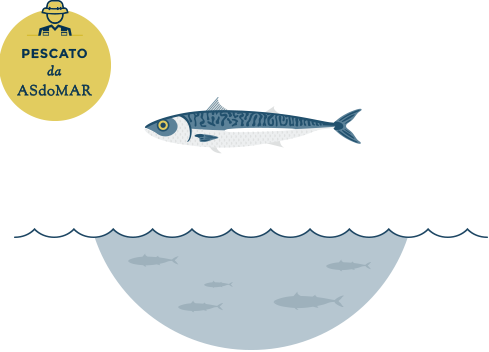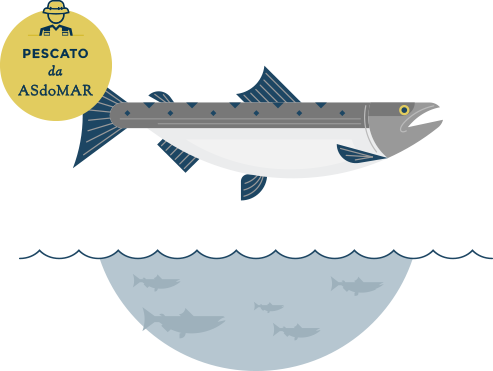YELLOWFIN TUNA
(Thunnus albacares)
It owes its name to the typical bright yellow color of the long fins and of the pinnules with black edges. It is the second species of tuna in terms of fishing volumes , particularly appreciated for its pink colored meat and delicate flavor .
It is widespread in all tropical and subtropical seas with the exception of the Mediterranean, and due to its high swimming capacity it is able to make great migrations.
Characteristics of this species are the second dorsal fin and the second anal fin, very high and developed in the shape of a sickle and about 20% of its length long. Mature specimens (greater than 20 kg) guarantee more compact and whole slices.

